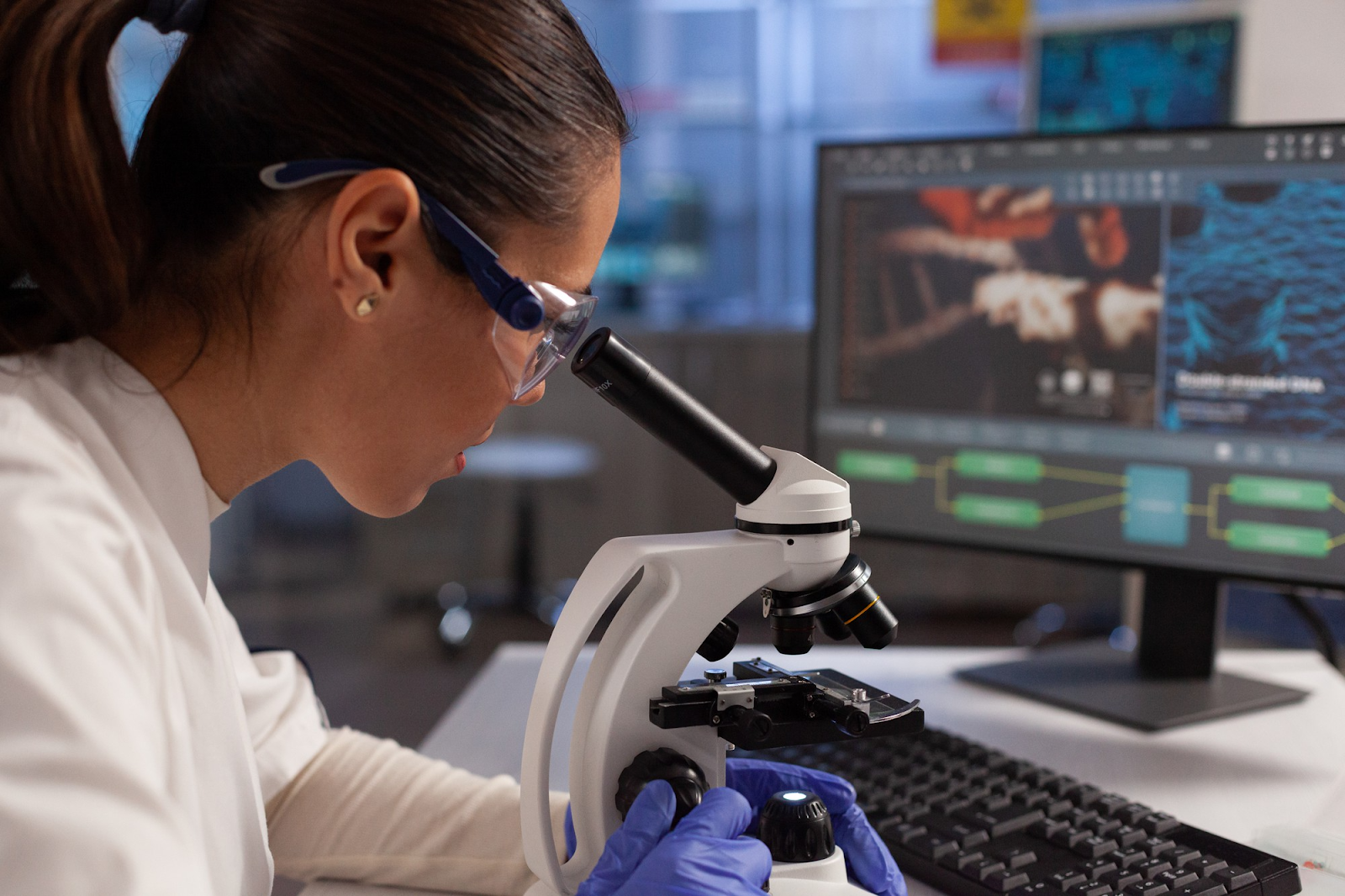In laboratories where new therapies, materials, or genetic technologies are developed, words often carry precise, technical, and controlled meanings. But when these same ideas must reach the world, scientific precision must coexist with a broader language: that of the market, investors, regulators, and the public.
Biotechnology startups face a dual challenge: translating the complexity of their innovation without losing rigor, while simultaneously connecting emotionally with highly diverse audiences. What can be explained with formulas and medical terminology in an academic paper must transform into a comprehensible and compelling story in an investment pitch or commercial presentation.
Science That Needs to Be Understood
The success of a biotech company depends not only on its discoveries but also on its ability to communicate what problem it solves and why it matters. In a field where advances are as rapid as changing regulations, clarity becomes a competitive advantage.
A gene therapy or experimental vaccine may be a scientific breakthrough, but if its explanation is inaccessible, it will struggle to gain public trust or attract investor attention. In biotechnology, effective communication is not a complement—it is part of the process of social validation.
Marketing and communication teams in these startups face the challenge of turning technical discoveries into human narratives. This requires working closely with scientists to translate without oversimplifying, explain without diluting, and inspire without losing credibility.
Brand Identity as an Extension of the Lab
Biotechnology operates at the intersection of science, ethics, and business. That’s why building a strong brand identity is as important as developing the product itself. A company working with stem cells, gene editing, or biomaterials cannot communicate like a mass-consumer brand.
Language, visual design, and tone of voice must reflect the sector’s sensitivity. It’s not about seeming futuristic but conveying safety, precision, and purpose. The most successful biotech brands balance innovation with trust, presenting a vision of the future without creating fear or confusion.
This identity is built through consistency. Every press release, video, and conversation with a partner or regulator must reinforce the same message: science with real impact.
Communicating Without Borders

The biotech ecosystem is global. A startup may have its lab in Boston, partners in Germany, and clinical trials in Latin America. This requires thinking about communication in multiple languages, but also across multiple cultures.
What works in a U.S. press release may sound too direct in Asia or overly technical in Europe. Metaphors, examples, and even emotional tone vary by audience.
The biotech companies that scale internationally are those that incorporate content localization processes, ensuring each message maintains its original intent while adapting to the cultural and linguistic codes of each country. In science, words carry weight—but so does their interpretation.
This work goes beyond literal translation. It requires understanding how each market perceives scientific advances, which values dominate communication, and the ethical and regulatory limits of biomedical information dissemination.
Communication to Attract Investment and Partnerships
Language also influences investment decisions. Venture capital funds specializing in biotechnology look for solid projects but also teams capable of explaining their advances convincingly.
A technical pitch disconnected from human impact rarely captivates. In contrast, startups that translate their scientific value into a clear narrative—with understandable metrics and tangible purpose—stand out.
The same applies to strategic partnerships. Large pharmaceutical companies or research centers prefer to collaborate with companies that communicate professionally, transparently, and in line with international regulations.
In this sense, scientific storytelling becomes a negotiation tool: a way to show that behind the lab, there is a sustainable business vision.
Science That Communicates the Future
When science is communicated well, it stops feeling inaccessible. It becomes a tangible promise of progress. Biotech startups that understand this compete not only in innovation but also in credibility.
Talking about DNA, algorithms, or cell therapies doesn’t have to feel cold or distant. It can be inspiring, as long as the message respects the truth of the discovery and connects with the intended audience.
Biotechnology advances at a speed that challenges common understanding. Translating that speed into human language is one of the greatest communication achievements of our time. Companies that do it well don’t just bring their science to market—they bring the future one step closer to everyday life.